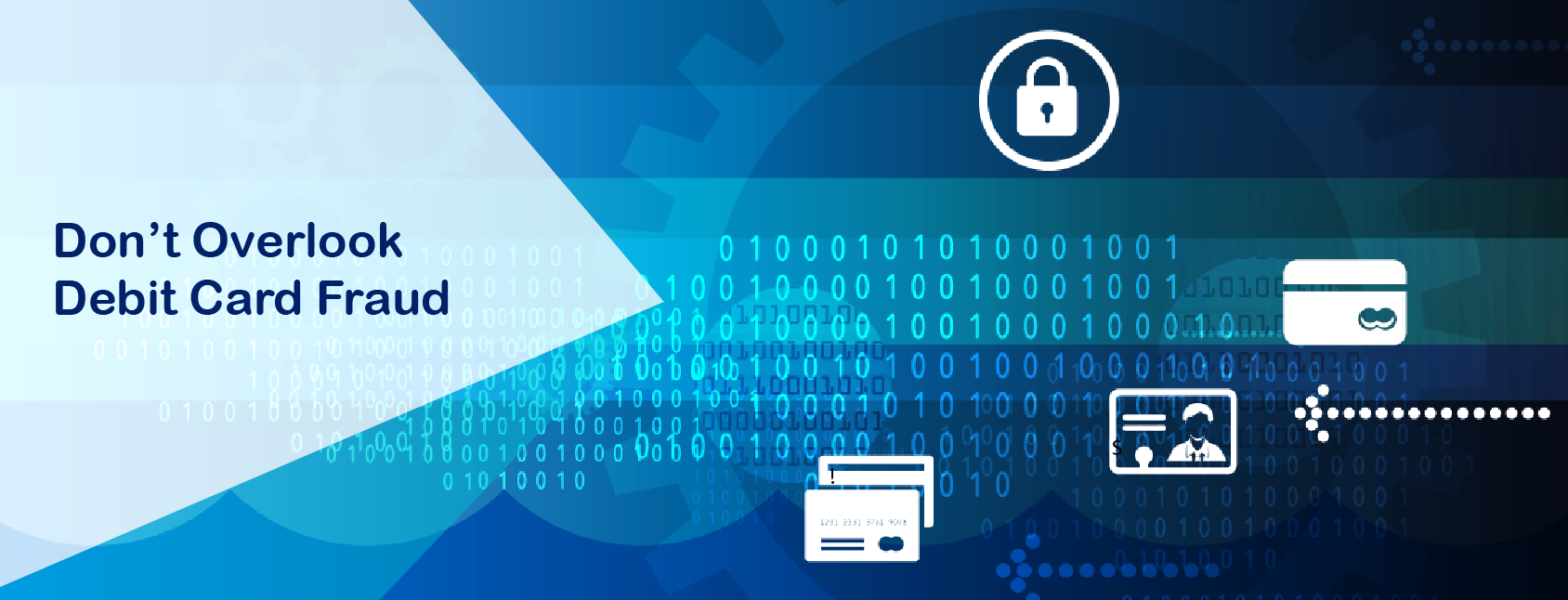
It’s the holiday season, and for merchants and their customers this is a time of stress, pressure, and decision-making. Of course, there is the excitement of the holidays that comes with seeing family and friends, but, nonetheless, people are bit more wound up during the holiday season.
This puts extra pressure on merchants to be their very best. Customers are frantically trying to buy the perfect gifts, book the ideal vacations, and find the best food and drink for the holiday. In the chaos of the increased volume of holiday sales, the result can take shape in increased transaction disputes and the disappointment of chargebacks.
One of the most effective ways for merchants to limit these chargebacks is to minimize mistakes and maximize excellent customer experiences. A happy customer is a loyal customer, who is more likely to return to the same merchant for future purchases. The reality, however, is that mistakes and missteps do and will happen.
What Customers Want
Merchants walk a fine line in knowing what their customers want and when they want it. With the benefits of modern data analysis, a lot of the guesswork about customer preferences has been eliminated. This knowledge should make customer engagement a foolproof experience.
However, as the Accenture study on brand loyalty revealed of 25,000 surveyed customers, 81 percent feel most loyal to brands that are available when they need them but otherwise leave them alone. This speaks to the need for merchants to be in tune with what their customers really want and need.
- Easy customer service. The position of a brand or product is closely tied to the ease of contacting and receiving customer service. When a customer receives quick and effective assistance, this instills positive merchant feelings.
- One experience. A seamless, positive flow trumps any issues the customer may have. When customers can easily browse, shop, purchase, checkout, receive confirmation, and interact with the merchant within one environment, there is less confusion and less room for mistakes.
- Personalization. Facing the annoyance of sales spam, customers react by immediately by deleing these emails. However, if the email is tailored to the customer’s preferences, an immediate bond can be formed between the merchant and the customer. The Accenture study highlights that 49 percent of U.S customers feel increased brand loyalty when they receive personalized discounts and offers.
- Be involved. During the holiday season, many people are thinking of charities and helping others. Customers are more likely to choose brands and merchants that are aligned with their favored charities and causes. These customers are also more likely to tell others about the brand or product when they’re proud to support the merchant.
- Social media engagement. Customer loyalty can be easily damaged when customers reach out to a merchant on social media and never receive a response. This silence on behalf of the merchant can lead to negative social media commentary from the neglected customer.
The final key take-away from the Accenture study of 25,000 U.S consumers: 66 percent of customers spend more money with the brands and merchants they love. Merchants that don’t continue to look for ways to please customers and think beyond the traditional means of sales are at risk of losing out on both customers and brand loyalty. These customers want to stick with their chosen brands – merchants must remember it’s up to them to make this relationship work.
Customer Service for Brand Loyalty
The best product or service doesn’t conquer poor customer service. Sales in the digital age means there is limited merchant-customer interaction – emphasizing the need for expert customer service and social media.
The cornerstones of effective chargeback prevention hold true when it comes to customer service and brand loyalty.
- Order review. Carefully review an order before it is finalized. Make sure there are no customer emails requiring further communication that are connected to the order.
- Clear return/refund policy. Make the refund/return policy easily accessible and clear. The harder it is for the customer to find this policy, the harder it is to resolve disputed transactions that may result, and thereby instill trust.
- Act fast. Respond to customer questions as quickly as possible. A slow response can encourage the customer to give up and file a chargeback.
- Be flexible. Especially during the holiday season, merchants must be flexible toward customer needs and concerns. Be prepared to ease off on the strictness of your refund/return policies and make extra allowances during the holidays.
When customers are happy and feel well taken care of, they’re more likely to overlook merchant errors. This is especially true during the holiday season when sales and payment channels are overwhelmed with higher than usual traffic. Mistakes happen – it’s how merchants respond and handle these mistakes that make a positive difference in the merchant-customer relationship.
Brand loyalty isn’t a nice-to-have – it’s a necessity. Take advantage of the holiday season to build brand loyalty with your new and established customers. Remember that everyone is a bit stressed and overly busy at this time of the year – do your best to support your customers and reassure them that you are here to help them.




